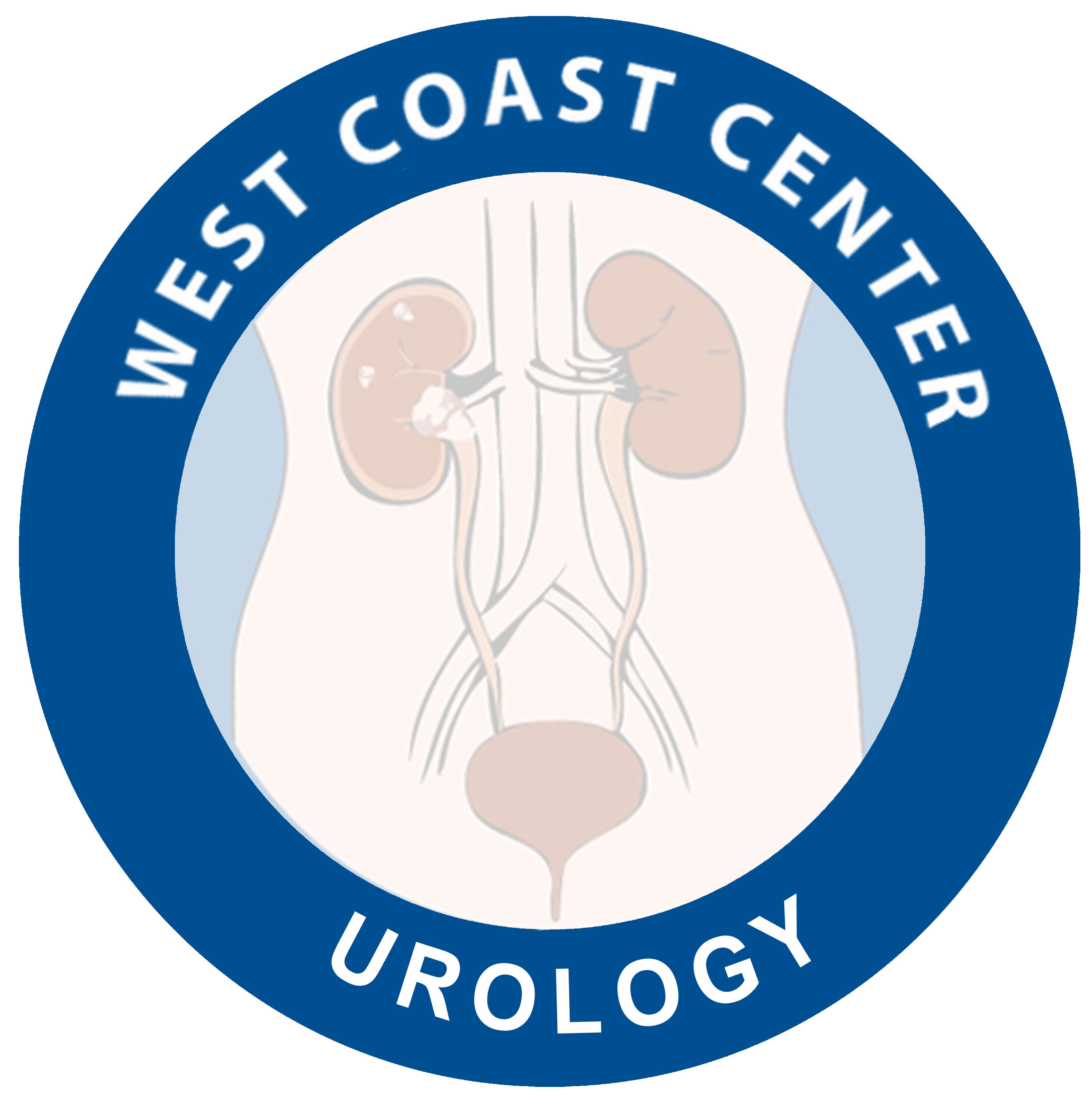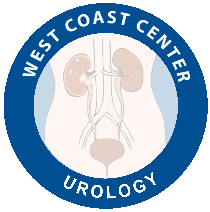Testicular Cancer
Testicular Cancer is a rare disease that most commonly affects young men. The good thing about testicular cancer is that as a whole, it is a very curable disease if detected early. Testicular cancers are generally grouped as seminomatous and non-seminomatous germ cell tumors.
Diagnosis
The majority of cancers are detected on physical exam. We recommend that males beginning in their teenage years perform self-examination once a month. Usually doing this during a shower is a convenient way to screen for any masses. If a mass is detected, then a scrotal ultrasound with doppler will be performed to evaluate the mass anatomically. Blood work will be drawn to detect any elevation of tumor markers. A CT scan is ordered to stage the cancer to see if it has spread anywhere else in the body.
Treatment
The first step is to perform a radical orchiectomy. This involves a 2-3 inch incision in the groin to remove the testicle. Radical orchiectomy is typically an outpatient surgery. The most common risks include bleeding and infection, which are less than 5%. Scrotal incisions are avoided because the lymphatic drainage of the testicle is typically through the groin, so avoidance of scrotal lymphatic violation is important. The patient is discharged home the same day with pain medication. Recovery is typically about 2 weeks.
For many males, sperm banking is an option to pursue before surgery to help preserve future fertility. Although having one testicle usually provides adequate fertility and hormonal function, the future possibility of chemotherapy and having one less testicle can reduce fertility. That future uncertainty sways some individuals to bank their sperm.
The pathologist will then examine the specimen, which will provide important details about the histological type of cancer in addition to the local stage of the tumor within the testicle. The most common histology is seminoma, which comprises 65% of all germ cell tumors. Non seminomatous types are generally mixed, but can include mixtures of embryonal, yolk sac, or teratoma histologic components. Choriocarcinoma is rare and has the worst prognosis of all testicular cancers.
Depending on the type of testicular cancer and the stage, the patient will then either undergo surveillance, radiation, or a retroperitoneal lymph node dissection.

